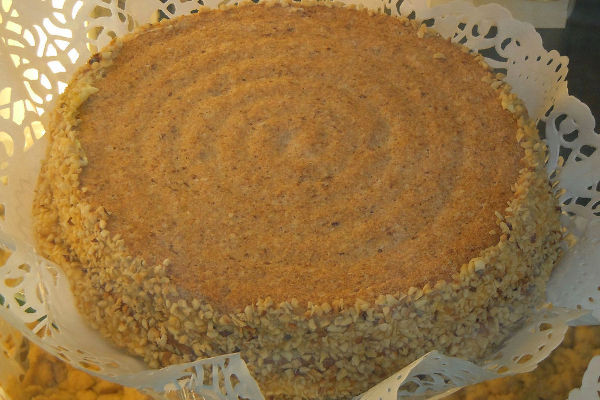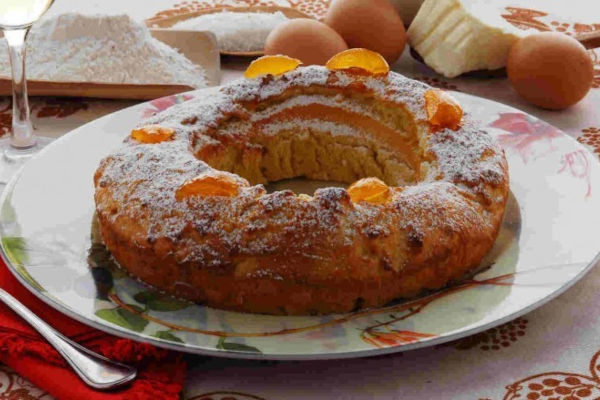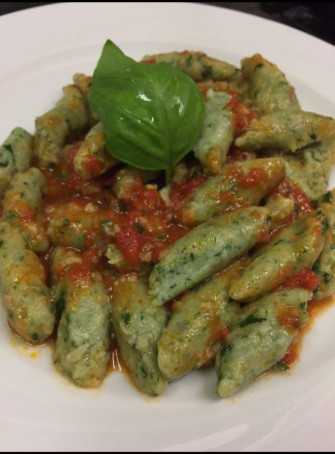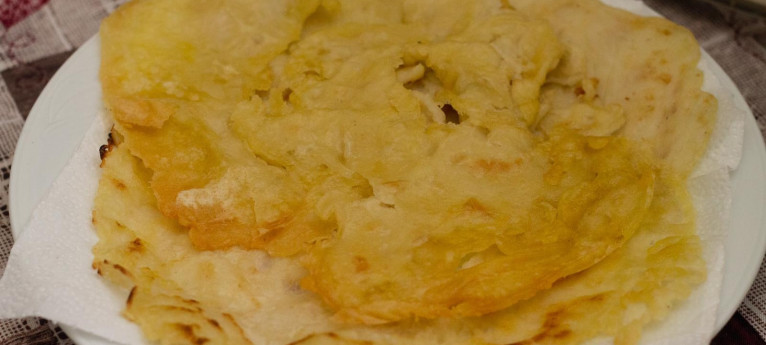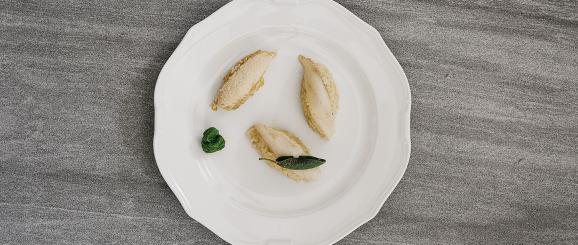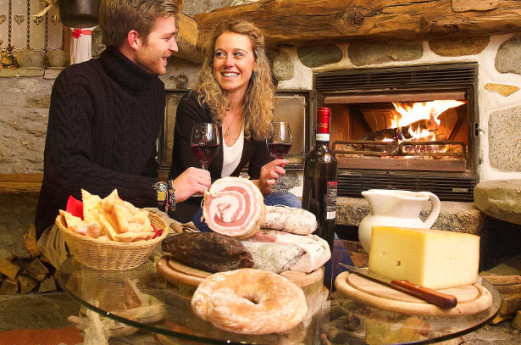- Food & Wine
A sweet autumn in Lombardy
Each Lombard province boasts its own typical confectionery specialties, born from creative combinations of quality ingredients from the regional produce, considered one of the excellences of our country.
For centuries now, flour, butter, eggs and fruit - the simple staples of home cooking - have been expertly transformed into doughnuts, biscuits and delicious creams...
Sweets and desserts of Lombard cuisine
Mantua's rose cake, Milan's "pan dei morti", Lodi's "tortionata", Brescia's "bussolà", Valtellina's "bisciola"... These are the autumn desserts of Lombard tradition whose quaint flavours evoke, from the very first bite, the folklore and legends of their native towns.
Pan de Mej, pan dei morti and castagnaccio: Milan offers more than just panettone
While it's true the people of Milan consider the "panetùn" the king of desserts, its court of retainers is quite numerous! The rustic "pan de mej", also known as "pammeino" or "pangiada", is made from millet or corn flour and sprinkled with elderflowers whose delicious aroma lingers on the palate.
Typical of November, "pan dei morti"'s rich, intense flavour is enhanced with raisins, almonds, figs, cinnamon and raisin wine. Popular in several regions and known in Lombardy as "piattona" or "baldino", the castagnaccio's origins date back to the 1500s. Should you want to try it at home, the recipe is very simple: mix 500 g of chestnut flour with 200 ml of milk, a glass of warm water with an added drop of brandy and 3 tablespoons of olive oil. Add pine nuts, raisins and sugar, then place the dough on a greased baking sheet and top it with two sprigs of rosemary. Lastly, leave it in the oven at 180 degrees for 1 hour. Delicious!
Traditional desserts of the Lodi area
A short distance from Milan, Lodi is ready to delight your palate with two outstanding desserts. Lodi cream pays homage to mascarpone, a delicacy originating from the local area. Made from eggs, sugar and rum, in the 19th century it was usually served with fruit mostarda. Today, it's the perfect complement for biscuits or panettone and an ideal snack on colder days.
Already a popular dessert during the late Middle Ages, "tortionata" is made from butter, flour and almonds.The recipe was recorded in the late 19th century by Lodigian confectioner Carlo Tacchinardi. The name derives from "tortijon", a twisted wire as tricky to cut as the cake itself, which crumbles apart and requires to be eaten in chunks, like the Mantuan "sbrisolona".
Mantua, hometown of confectionery: the flower cake
Mantua is the Lombard queen of desserts: from the "bussolano" or "bisulan", a simple doughnut to be dipped in wine, to the "Anello di Monaco" Christmas cake with almonds and hazelnuts, or the Swiss confectioner Putscher's rich "torta Elvezia", whose discs of almond paste are filled with eggnog and butter cream... Our personal favourite, however, is the "torta di rose", a buttery cake with multiple layers of soft puff pastry, said to have been the most famous dessert of the Gonzaga court.
From Brescia to Sondrio: bussolà and bisciola
In Brescia, bussolà begins to appear on tables once the cold weather sets in, enjoying particular popularity during the Christmas season. This tasty homemade doughnut is among the town's traditional desserts. Made from eggs, butter and flour, it traces its origin back to the Middle Ages, deriving from the ancient "panis buccellatus" or hardtack biscuits.
The origin of bisciola, also known as "pan dei fichi" or panettone of the Valtellina, is steeped in legend. It's credited to Napoleon's cook, said to have invented it for the French emperor during his invasion of Italy in the late 18th century, as he crossed the valleys above Sondrio. What are the ingredients? All are sourced locally: flour, dried fruit, butter, eggs and honey.
Bergamo's "torta Donizetti": a cake to cure love-sickness
Born in Bergamo, Gaetano Donizetti would become one of the most famous opera musicians of the 19th century, gifting humanity with wonderful works of music, as well as… a cake! The "torta Donizetti" is a soft ring-shaped cake, enhanced with candied fruit, vanilla and the unmistakable flavour of maraschino.
Legend has it that his friend and colleague Gioacchino Rossini, concerned by Donizetti's heartache, requested his cook to bake an exceptional dessert that would cure his friend's love-sickness. In truth, the recipe was the creation of Bergamasque pastry chef Balzer, who dedicated it to the musician for the centenary of his death, in 1948. One thing's for certain, sweetness is always the best cure, even when it comes in slices!






